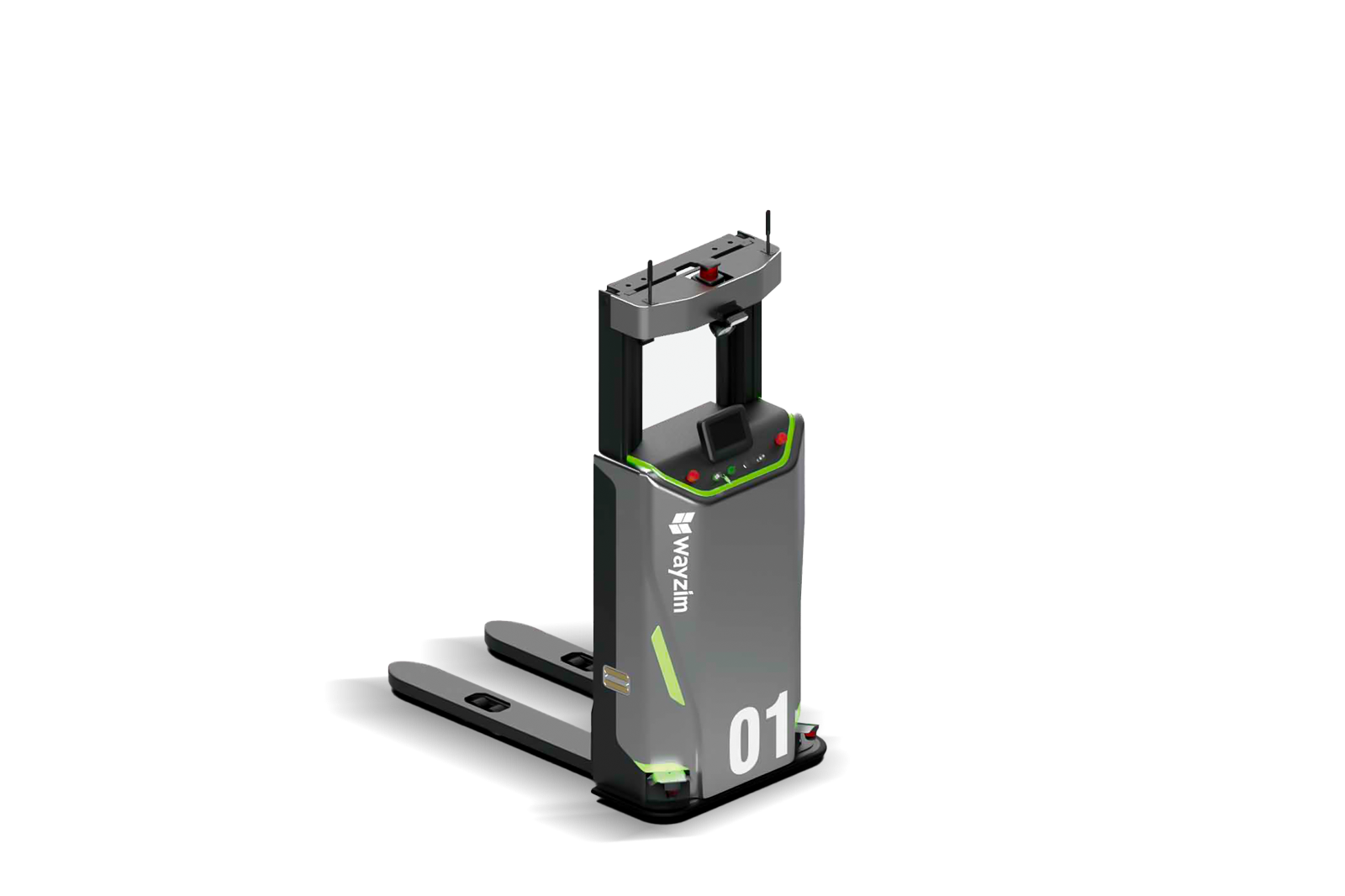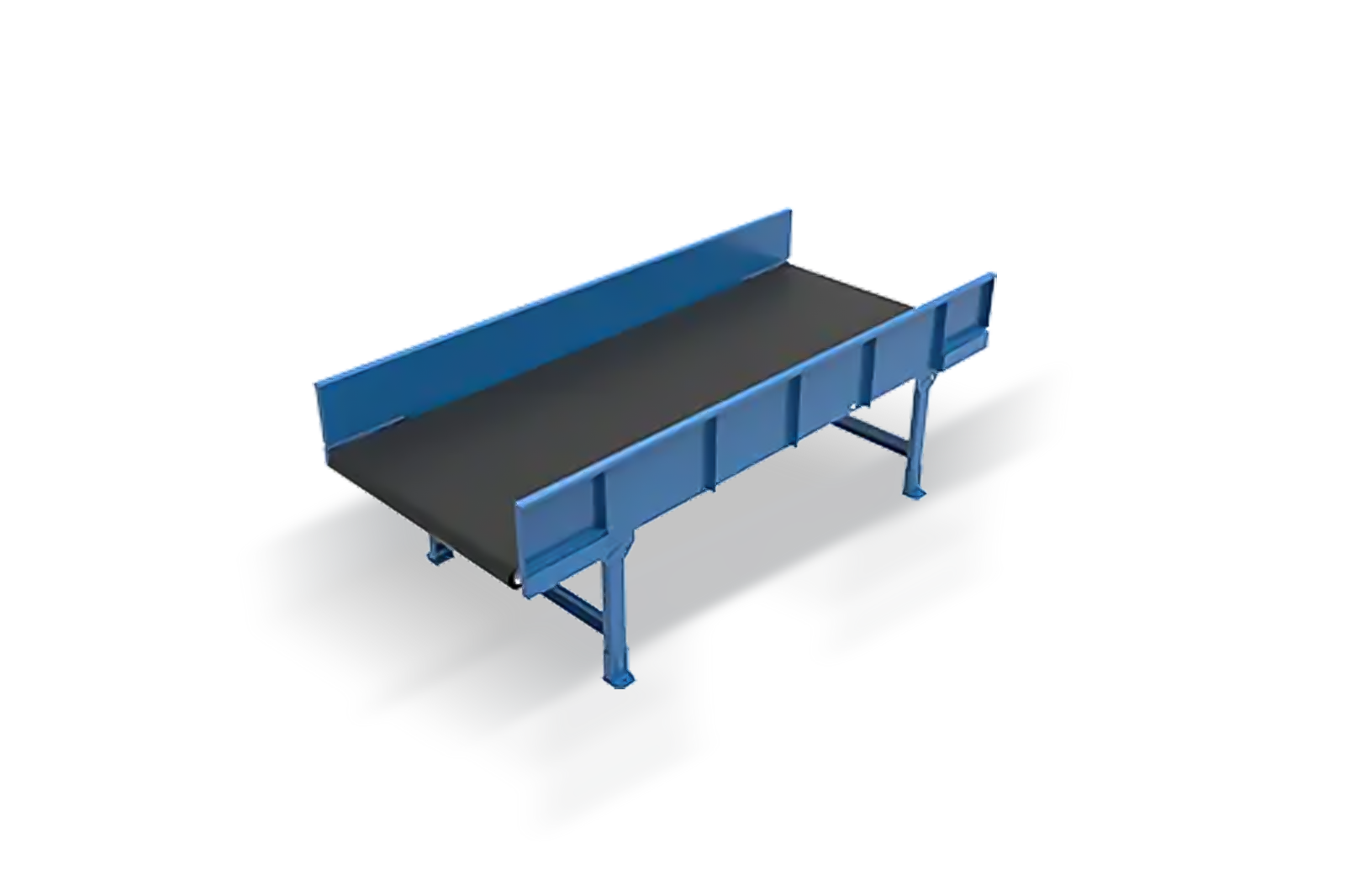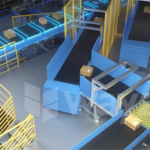Australian warehouses are hemorrhaging money through inefficient material handling. Recent industry analysis reveals that facilities without warehouse automation lose an average of 18% of operational capacity to manual transport delays and bottlenecks. For a typical Sydney distribution center processing 10,000 orders daily, that translates to roughly $2.1 million in annual opportunity costs.
SmartlogitecX Automated Guided Vehicles (AGVs) represent a proven pathway to reclaiming this lost efficiency. As core components of modern warehouse robotics systems, these autonomous vehicles are transforming how Australian businesses handle everything from e-commerce fulfilment to manufacturing logistics.
Understanding AGV Technology in Modern Warehousing
AGVs are sophisticated autonomous vehicles designed for material transport without human operation. Unlike basic automated warehouse solutions, modern AGVs combine advanced navigation systems with real-time data processing to create truly intelligent material handling.
“The evolution from wire-guided systems to Laser SLAM navigation has fundamentally changed what’s possible,” notes Michael Torres, automation specialist at a major Australian logistics provider. “Current Fork AGVs achieve +/-10mm positioning accuracy while handling 2,000kg loads at speeds up to 2m/s.”
Three critical technologies define modern AGV capabilities:
Navigation Systems:
Laser SLAM (Simultaneous Localisation and Mapping) technology enables AGVs to navigate dynamically without infrastructure modifications. This contrasts sharply with older magnetic tape systems that required extensive floor preparation.
Safety Architecture:
Multi-zone sensing using LiDAR, ultrasonic sensors, and bumper switches creates redundant protection layers. These systems detect obstacles at varying distances, adjusting speed and trajectory accordingly.
Integration Protocols:
Modern AGVs communicate via standardised APIs with Warehouse Management Systems (WMS), enabling real-time task allocation and route optimisation.
Comparing Warehouse Automation Products: AGVs vs Alternative Solutions
The warehouse robotics landscape offers multiple automation pathways. Understanding where AGVs excel helps justify investment decisions.
AGVs vs Autonomous Mobile Robots (AMRs):
While AMRs offer greater flexibility with dynamic path planning, AGVs provide superior reliability for repetitive, high-volume routes. Fork AGVs particularly excel in pallet handling operations where consistency matters more than adaptability.
AGVs vs Conveyor Systems:
Traditional warehouse conveyor installations cost 40-60% more than equivalent AGV deployments while offering zero flexibility for layout changes. AGVs can be reprogrammed within hours to accommodate seasonal variations or new product lines.
AGVs vs Manual Operations:
Beyond obvious labor savings, AGVs eliminate product damage from forklift incidents (averaging $1,800 per incident in Australian warehouses) and reduce workers’ compensation claims by 73% in facilities that transition from manual pallet jacks.
Real-World Implementation: Australian Success Metrics
Lion Beer Australia’s Melbourne facility demonstrates AGV potential. After deploying 12 Fork AGVs for finished goods transport, they achieved:
- 31% reduction in product movement time
- 24/7 operation capability without shift premiums
- ROI achieved in 18 months
Similarly, Toll Group’s Brisbane distribution center uses Latent AGVs for e-commerce fulfilment, reporting 67% faster pick rates compared to manual cart systems.
These implementations highlight a crucial pattern: successful AGV deployment requires matching vehicle type to operational needs. Fork AGVs excel at pallet movements between fixed points, while Latent AGVs optimize goods-to-person workflows in high-SKU environments.
Essential Steps for AGV System Implementation
Deploying automated warehouse systems demands structured planning. Based on analysis of 47 Australian AGV projects, successful implementations follow this framework:
Operational Assessment (Weeks 1-2)
Map current material flows using actual throughput data, not theoretical capacities. Identify bottlenecks where AGVs would provide maximum impact. Quantify handling volumes, distances, and frequency to build your business case.
Infrastructure Evaluation (Weeks 3-4)
Assess floor conditions (flatness tolerance ±3mm for optimal AGV performance), Wi-Fi coverage for system communication, and power availability for charging stations. Budget approximately $15,000-25,000 per vehicle for infrastructure modifications.
System Selection (Weeks 5-8)
Choose navigation technology based on your environment. Laser SLAM suits dynamic layouts, while magnetic guidance offers lower costs for fixed routes. Match AGV payload capacity to your heaviest regular loads plus 20% safety margin.
WMS Integration Planning (Weeks 9-12)
Define data exchange protocols between AGVs and existing systems. Modern warehouse automation solutions require bi-directional communication for task assignment, status updates, and exception handling.
Phased Deployment (Months 4-6)
Start with a pilot route handling 20-30% of target volume. This allows workflow refinement before full-scale rollout. Train operators progressively, emphasizing AGVs as productivity enhancers rather than job replacements.
Overcoming Implementation Challenges
Three primary obstacles consistently emerge in AGV deployments:
Integration Complexity:
Legacy WMS platforms often lack native AGV support. Solution: Deploy middleware translation layers that convert between proprietary protocols. Budget $50,000-100,000 for integration development.
Change Resistance:
Workforce concerns about automation require proactive management. Successful facilities reassign transport operators to higher-value tasks like quality control or system monitoring, often with wage increases reflecting new responsibilities.
ROI Expectations:
While marketing materials promise 12-month payback, realistic timelines range 18-24 months including ramp-up periods. Calculate ROI using actual utilisation rates (typically 70-80% in year one) rather than theoretical maximums.
Strategic Considerations for Australian Operations
Australian facilities face unique considerations affecting AGV deployment:
Compliance Requirements:
AGVs must meet AS 2359.1 safety standards for industrial trucks. Certification costs approximately $15,000 per vehicle type but ensures workplace safety compliance.
Supplier Landscape:
Local providers like Smartlogitecx offer regional support advantages over international vendors. Their Fork AGVs and Latent AGVs include localized service agreements critical for minimizing downtime.
Scale Thresholds:
Analysis indicates Australian warehouses need minimum throughput of 5,000 pallet movements monthly to justify Fork AGV investment. Smaller operations should consider AMR alternatives or phased automation approaches.
Maximising Your Automation Investment
Successful AGV implementation extends beyond initial deployment. Leading facilities optimise performance through continuous refinement:
Monitor key metrics including picks per hour, transport time per task, and unplanned downtime. Benchmark against industry standards: world-class AGV utilisation exceeds 85% during operating hours.
Regularly reassess routing algorithms as order patterns evolve. Seasonal variations often require parameter adjustments to maintain efficiency.
Invest in predictive maintenance programs. Battery replacement costs $8,000-12,000 per vehicle; proactive management extends lifespan by 30-40%.
The transformation to automated warehouse solutions represents a fundamental operational shift. Facilities implementing AGVs report not just efficiency gains but cultural changes: workers focus on problem-solving rather than repetitive transport, safety incidents decline dramatically, and operational flexibility increases to meet dynamic market demands.
For Australian warehouses facing labor constraints and efficiency pressures, AGVs offer a proven path forward. The technology has matured beyond early adoption risks, with clear implementation frameworks and demonstrated ROI across multiple industries. The question isn’t whether to automate, but how quickly you can deploy these solutions before competitors gain insurmountable efficiency advantages.






